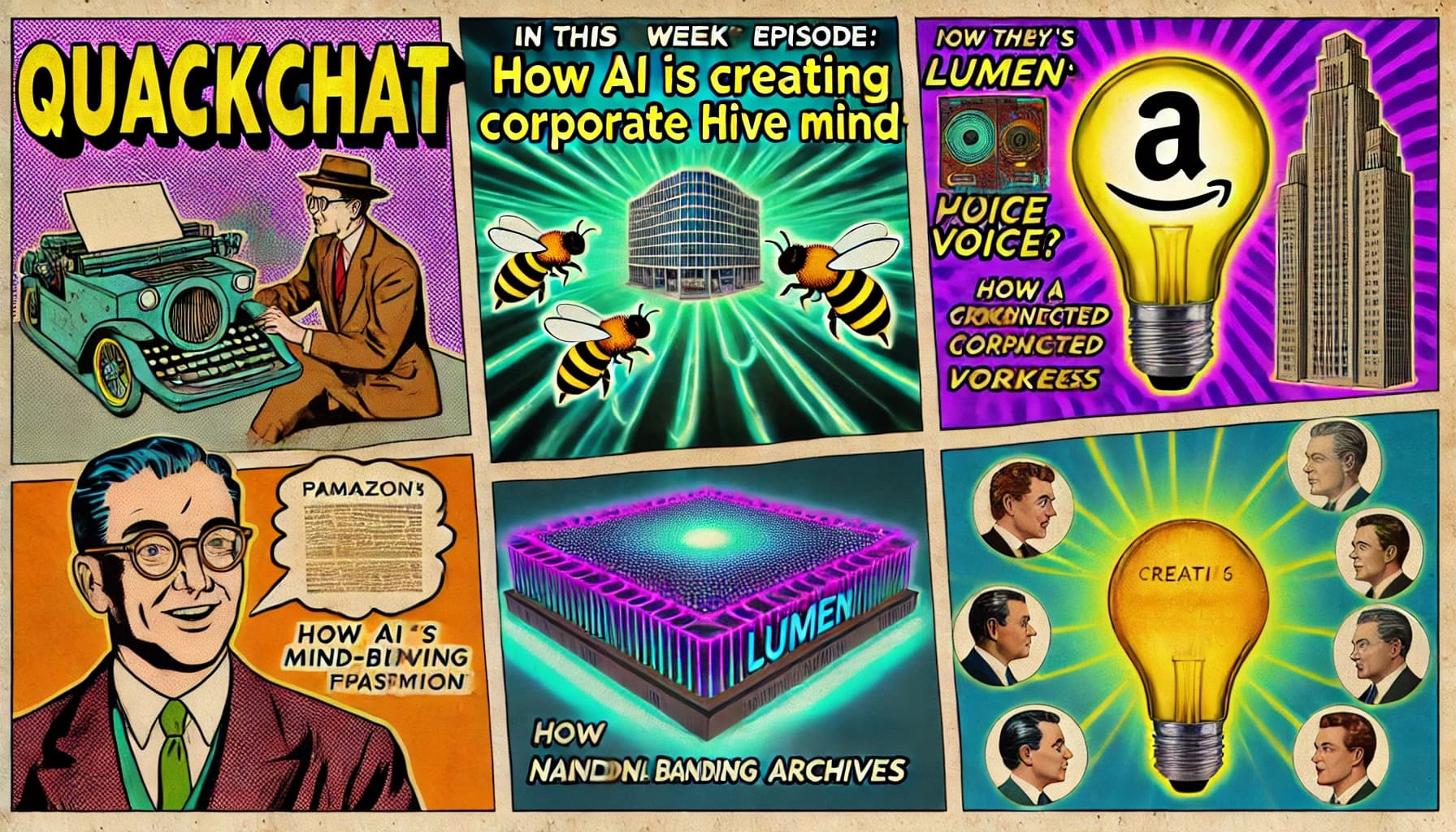🚀 AI's New Frontiers: From Collective Intelligence to Audio Ads
Welcome to QuackChat, Ducktypers! Prof Rod here, and today we're exploring some fascinating new territories in the AI landscape. We'll dive into how companies are building collective intelligence with AI, examine Amazon's foray into AI-generated audio ads, and see how AI is transforming workflows in unexpected places like telecom giants and even the National Archives. So grab your digital compasses, because we're charting some exciting new AI waters!
🧠 Building Collective Intelligence with AI
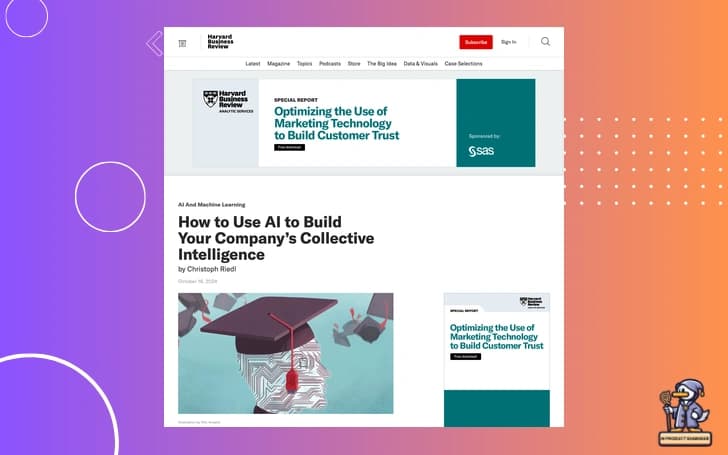
In the corporate world, AI isn't just about automating tasks anymore. It's becoming a powerful tool for amplifying human intelligence across entire organizations. A recent Harvard Business Review article explores this fascinating trend.
Here's the gist, Ducktypers: Companies are using AI to create a sort of "hive mind" that captures and distributes knowledge across their workforce. It's like giving every employee a superpower – the ability to tap into the collective wisdom of the entire organization at any time.
But how does this work in practice? Let's break it down:
-
Knowledge Capture: AI systems are being used to automatically document and organize information from various sources – meetings, emails, documents, you name it.
-
Intelligent Retrieval: When an employee needs information, AI can sift through this vast knowledge base and serve up relevant insights in seconds.
-
Continuous Learning: The system gets smarter over time, learning from how employees use and interact with the information.
-
Cross-Pollination of Ideas: AI can make connections between different departments or projects, fostering innovation and preventing silos.
Now, I know what you're thinking: "But Prof Rod, isn't this just a fancy knowledge management system?" Well, yes and no. The key difference is the AI's ability to understand context, make connections, and even generate new insights based on the collective knowledge.
It's like having a brilliant colleague who's read every document in the company, attended every meeting, and can instantly recall and synthesize all that information. Except this colleague never sleeps, never forgets, and can be in a thousand places at once.
🎧 Amazon's AI Finds Its Voice
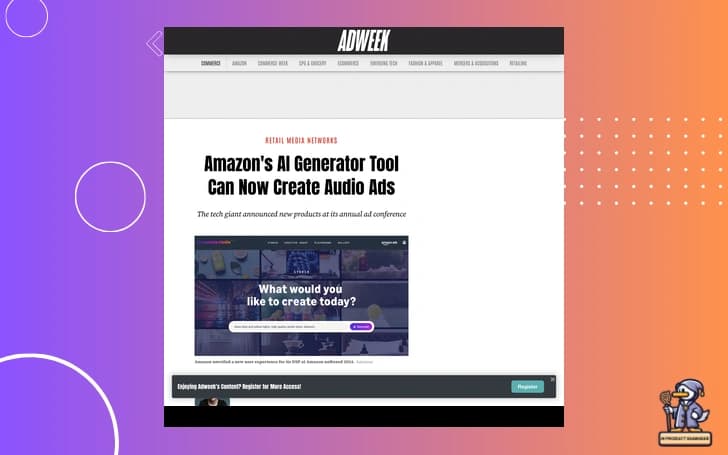
Speaking of AI venturing into new territories, Amazon has just stepped into the audio ad game with its AI. That's right, Ducktypers, the same AI that might be helping you shop or answering your questions could soon be crafting the very ads you hear.
Here's what makes this development particularly intriguing:
-
Multimodal Mastery: This isn't just about text-to-speech. Amazon's AI is learning to understand the nuances of audio advertising, including tone, pacing, and even appropriate background music.
-
Personalization at Scale: Imagine being able to create thousands of variations of an ad, each tailored to a specific audience segment. That's the kind of scale AI brings to the table.
-
Rapid Iteration: With AI, advertisers can quickly generate multiple versions of an ad, test them, and refine based on performance data.
-
Consistency Across Channels: This technology could help brands maintain a consistent voice across text, visual, and now audio mediums.
But let's not get too carried away. While this is exciting, it also raises some interesting questions. Will these AI-generated ads be clearly labeled as such? How will this impact voice actors and audio professionals? And perhaps most importantly, will our ears be able to tell the difference?
💼 Lumen Sees the Light with Microsoft's Copilot
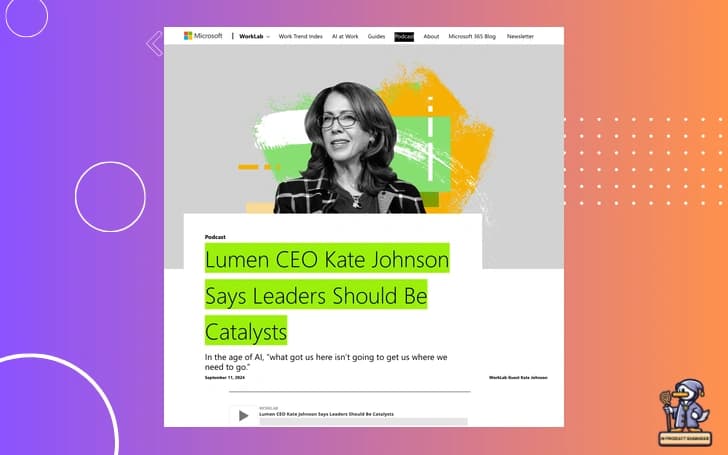
From audio ads to office productivity, AI is making its presence felt everywhere. Take Lumen, for instance. This telecom giant is embracing Microsoft's Copilot 365 faster than you can say "digital transformation."
What's particularly interesting about Lumen's approach is how they're viewing AI adoption as a catalyst for broader organizational change. It's not just about making existing processes more efficient; it's about reimagining how work gets done.
Some key takeaways from Lumen's experience:
-
Leadership Buy-in: The CEO is actively championing the adoption of AI tools, setting the tone from the top.
-
Focus on Augmentation: They're emphasizing how AI can enhance human capabilities rather than replace jobs.
-
Continuous Learning: Lumen is treating AI adoption as an ongoing process, constantly gathering feedback and iterating.
-
Cross-functional Impact: They're looking at how AI can break down silos and improve collaboration across departments.
It's a reminder that successful AI adoption isn't just about the technology – it's about the people and processes that surround it.
📚 National Archives Goes Full Gemini
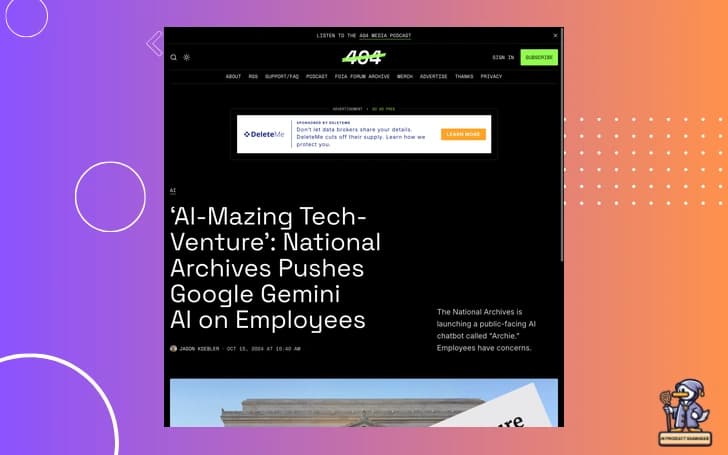
Even the guardians of history are getting an AI upgrade. The National Archives is looking to use Google's Gemini to boost employee productivity.
Now, this might seem like an odd pairing at first. After all, aren't archives all about preserving the past? But think about the potential applications:
-
Intelligent Indexing: AI could help categorize and cross-reference vast amounts of historical documents more efficiently.
-
Natural Language Queries: Researchers could ask complex questions and get relevant document suggestions.
-
Pattern Recognition: AI might uncover historical trends or connections that human researchers might miss.
-
Transcription and Translation: Handwritten or non-English documents could become more accessible.
Of course, this also raises some interesting ethical questions. How do we ensure the AI doesn't introduce bias into historical research? What safeguards need to be in place to protect sensitive historical documents?
🤔 Food for Thought
Alright, Ducktypers, it's time for some AI introspection:
-
As AI becomes more integrated into knowledge work, how might this change the skills that are most valued in the workplace?
-
With AI-generated audio ads on the horizon, how can consumers stay savvy and discerning?
-
In institutions like the National Archives, how can we balance the benefits of AI with the need for human expertise and judgment in historical research?
Drop your thoughts in the comments below!
🎓 Prof. Rod's Coding Corner
Before we wrap up, let's get our hands dirty with a bit of pseudo-code. Here's a simplified representation of how an AI might generate an audio ad:
def generate_audio_ad(product_info, target_audience, brand_voice):
# Generate ad copy
ad_copy = generate_copy(product_info, target_audience)
# Select appropriate voice actor
voice_actor = select_voice(brand_voice, target_audience)
# Generate speech from text
speech_audio = text_to_speech(ad_copy, voice_actor)
# Select background music
bg_music = select_music(product_info, brand_voice)
# Mix speech and music
final_audio = mix_audio(speech_audio, bg_music)
return final_audio
# Usage
product = {
"name": "AI-powered toaster",
"features": ["Predicts perfect toast timing", "Voice-activated"]
}
audience = "tech-savvy millennials"
brand = "FutureTech Kitchen"
ad = generate_audio_ad(product, audience, brand)
play_audio(ad)This is, of course, a gross oversimplification. In reality, generating an effective audio ad involves much more complex processes, including sentiment analysis, audio processing, and potentially even real-time personalization. But hey, it's a start!
🎬 Wrapping Up
That's all for this week, Ducktypers. We've journeyed from the creation of corporate hive minds to AI-powered DJs crafting the next earworm you might hear on your favorite podcast. We've seen how AI is reshaping workflows in telecom giants and even helping to unlock the secrets of history in our national archives.
As always, these developments bring both exciting possibilities and important questions. As we continue to push the boundaries of what AI can do, it's crucial that we also continue to think critically about how we want to shape our AI-augmented future.
Remember, in the world of AI, we're not just observers – we're active participants in shaping what comes next. So keep questioning, keep experimenting, and most importantly, keep that human touch in everything you do.
Until next time, this is Professor Rod, signing off. Stay curious, stay ethical, and may your algorithms always converge!
Did this episode of QuackChat spark any neural connections? Got ideas for future deep dives? Let us know in the comments below or tweet us @AIPEngineer. And remember, sharing is caring – spread the word about QuackChat to your fellow AI enthusiasts!

